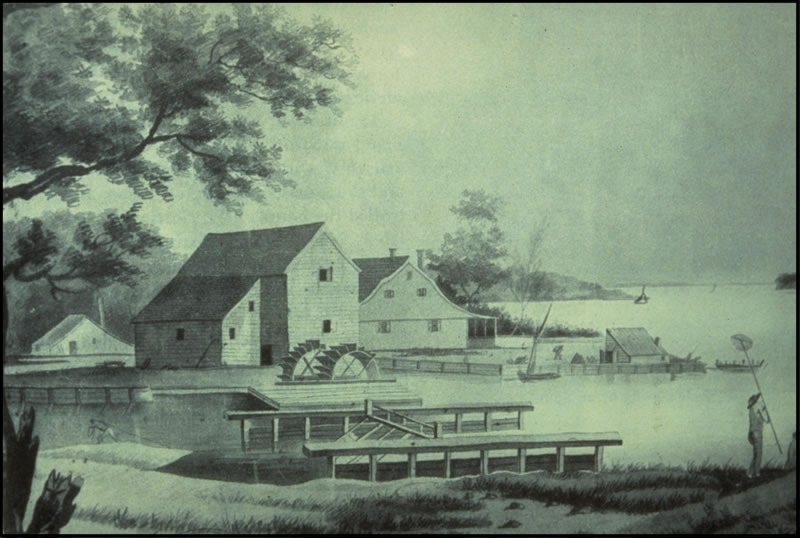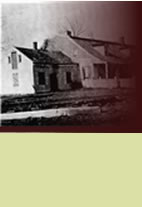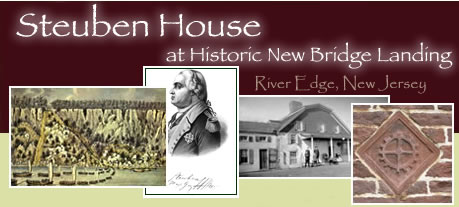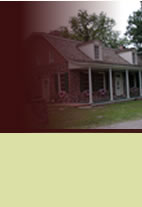Cornelius Matheus was the first to settle the area known as New Bridge Landing in 1682, when he purchased 420 acres of land on the Hackensack River. In 1695, his son deeded the property to David Ackerman, who erected the first gristmill on the estate on what is known today as Cole’s Brook.
David ’s grandson Nicolas sold the land and mill to Jan Zabriskie in 1745, shortly after construction of the first drawbridge at the narrows of the Hackensack River. This wooden span was called “New Bridge” to distinguish it from an older crossing several miles upstream. Jan Zabriskie built a five-room saltbox house in 1752. Jan’s home faced the river landing and bridge, allowing his merchant business to grow from the increasing amount of traffic on the waterway. ’s grandson Nicolas sold the land and mill to Jan Zabriskie in 1745, shortly after construction of the first drawbridge at the narrows of the Hackensack River. This wooden span was called “New Bridge” to distinguish it from an older crossing several miles upstream. Jan Zabriskie built a five-room saltbox house in 1752. Jan’s home faced the river landing and bridge, allowing his merchant business to grow from the increasing amount of traffic on the waterway.
The building of the New Bridge across the Hackensack River in 1744 brought commercial traffic to the area, as it was the first river crossing above Newark Bay. Flour ground at the gristmill was shipped weekly to New York City via Jan Zabriskie’s sloop, which then returned with merchandise for his store trade. Pig and bar iron from the Ramapo Mountains were carted to the New Bridge Landing for shipment to market.
The wealth Jan Zabriskie accumulated from his trade and store allowed him to enlarge his home in 1765 to the structure that still stands today: a sandstone house covered by a fashionable gambrel roof. At the time, the home was considered a mansion as it had twelve rooms heated by seven large fireplaces.
|




 ’s grandson Nicolas sold the land and mill to Jan Zabriskie in 1745, shortly after construction of the first drawbridge at the narrows of the Hackensack River. This wooden span was called “New Bridge” to distinguish it from an older crossing several miles upstream. Jan Zabriskie built a five-room saltbox house in 1752. Jan’s home faced the river landing and bridge, allowing his merchant business to grow from the increasing amount of traffic on the waterway.
’s grandson Nicolas sold the land and mill to Jan Zabriskie in 1745, shortly after construction of the first drawbridge at the narrows of the Hackensack River. This wooden span was called “New Bridge” to distinguish it from an older crossing several miles upstream. Jan Zabriskie built a five-room saltbox house in 1752. Jan’s home faced the river landing and bridge, allowing his merchant business to grow from the increasing amount of traffic on the waterway.